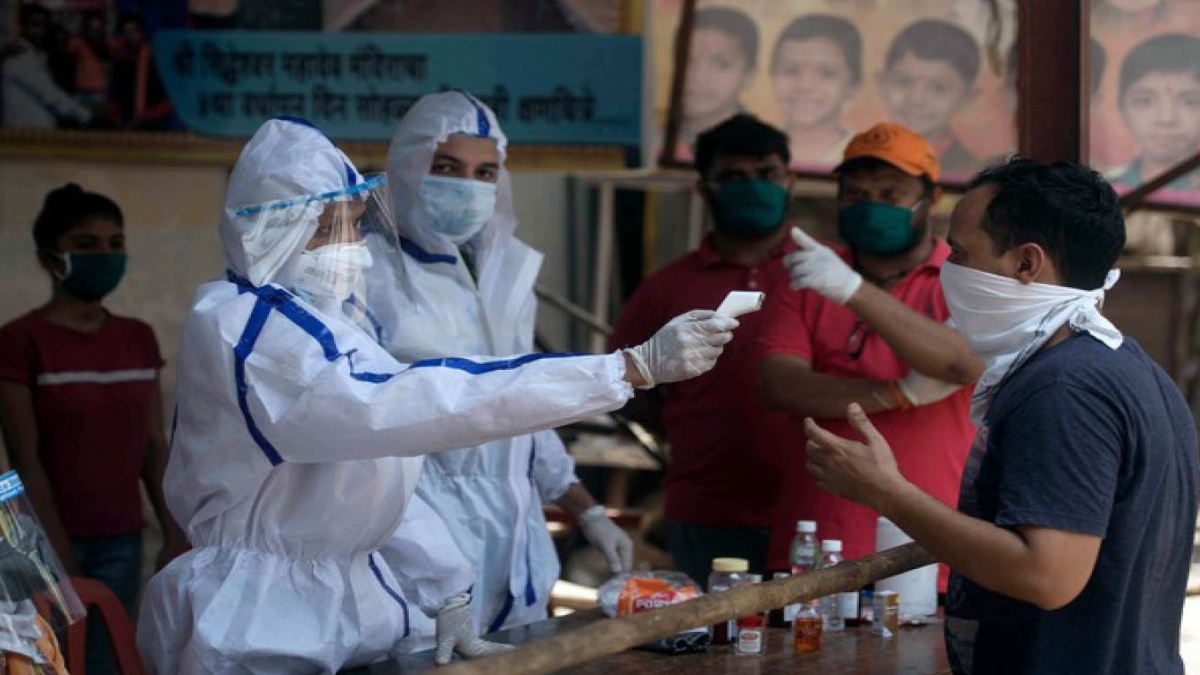


Amid the flurry of comments on social media about the current pandemic-triggered crisis in India, one comment from a Westerner attracted the attention of this writer. The gentleman, full of sympathy for India and Indians, was commenting on a foreign media report about the pandemic and was saying that this will result in complete “social collapse”, or societal collapse, in India, given the number of people being affected and dying and the devastation being wreaked by Covid-19. Of course, Indian social media users swarmed to the gentleman’s post to “educate” him about India being a country of 1.3 billion people and how no Chinese virus, however infectious, can result in India’s social collapse. But the Western gentleman is not alone. Phone calls and messages to Indians are coming from a panic-stricken Indian diaspora, as they are bombarded with blown-up images in “respected” foreign newspapers of funeral pyres. Horrifying reports are giving the impression that every street corner is littered with dead bodies. On social media, a foreign correspondent based in India went to the extent of describing one such photograph as “stunning”, and when severely criticised, took refuge of the dictionary to say that stunning also meant shocking. This is a classic case of “voyeurism”. There is a difference between empathizing and being a voyeur of death. There is nothing sensational about death or funerals. Every loss is devastating and has far-reaching consequences for the people left behind. To look for the sensational in death is thoughtless, gruesome and in fact criminal for the way the privacy of a victim’s family is invaded. It is like vultures feeding off carcasses—which may sound harsh, but is a fact. Add to that foreign media reports such as India underreporting its cases and deaths and that it’s actually half a billion—yes, 65 crore—people who have been affected by the virus and millions are dying, and no wonder an Australian newspaper ran a headline about this country being driven towards apocalypse. It is a different matter that 65 crore cases mean nearing herd immunity and if India had herd immunity the infection wouldn’t be spreading so fast.
But then it is not just the foreign media that is painting an apocalyptic picture of India, a large part of the narrative is being fed from within the country itself, with horror stories about a “broken country” spread around the globe. In fact, it should not come as a surprise that this is being done by those who have been going global with the “intolerant” India narrative for the last seven years.
Has the coronavirus affected us? Yes, very badly. Are lakhs of people testing positive every day? Yes, they are. Are thousands of people dying? Yes, they are and, lest we forget, every life lost counts. Is our healthcare system in shambles? Yes, it is. But in such a once-in-a-century global pandemic of this scale, have the developed countries emerged unscathed? No, they have not. Their numbers are much worse when seen in terms of the numbers affected or dying per million. But since we are Indians we must be hiding our numbers—or that is what the Western media says.
Do we need to do more? Yes, much more. We need to hold the people responsible for the mess accountable, we need to demand that our governments make healthcare a priority, that the system is fixed so that it is better able to cope with such an emergency. But are we a broken country as we are being told? No, we are not. Our best asset is our people. For every horror story about the lack of oxygen or hospital beds, there are ten stories of people coming together to help those in need; of administrations—initially caught napping—getting their act together and starting to deliver. And these are the stories that are reported. It has to be seen to believe the kind of community-level work going on in the parts which have been badly affected, from distributing medicines to organizing tests and hospital beds. These are just ordinary Indians—empathetic and resilient. It is time someone talked about them. Moreover, scare-mongering is not taking us anywhere. Too much stress is being caused by insensitive coverage of the situation. Too much panic, because of which hoarding is happening even though reputed doctors are saying that in 85-90% of the cases the infection is very mild. It is only 10-15% of the patients who need hospitalisation. People are quarantining at home and emerging fit and fine. Vaccination is helping save lives in a major way. Let’s talk about that as well. It’s time some sanity returned to the discourse.